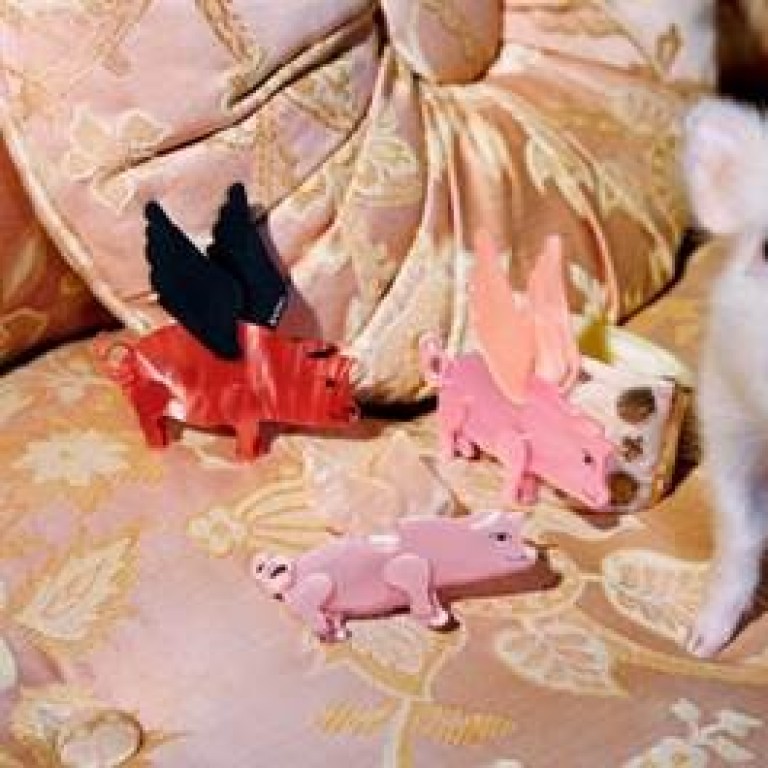Lunar New Year campaigns: who’s got it right – and who’s making a pig’s ear of things?

You would think that only months after Dolce & Gabbana’s notorious “chopstick” campaign, the luxury world would quickly up its game while hopping onto the “Golden week” bandwagon of Lunar New Year, yet not all have quite figured out their way to the Chinese appetite or wallet.
According to the Chinese Ministry of Commerce, sales at restaurants and shopping malls reached 926 billion yuan (US$137.19 billion) during last year’s Lunar New Year holiday– a 10.2 per cent jump on 2017. You cannot blame brands for wanting a slice of this lucrative pie – or turnip cake, as it were – but the question is how?
The impact of Chinese spending in the global luxury market is such that brands have long invested in targeted campaigns, with an emphasis on seasonal festivals. As the new generation of luxury consumers gets more sophisticated, however, quick-fix solutions will not be sufficient.
One example of lost-in-translation advertising would be Italian high jeweller and watchmaker Bulgari’s short-lived Year of the Pig campaign.
The campaign featured wordplay on “JEW” as in “jewellery” which has a similar pronunciation to “Zhu” aka “Pig” in Chinese. While the wordplay was clever in Chinese, the brand retracted the campaign after little more than a day, having realised the implications for Jewish dietary customs.
Another instance of missing the mark was Burberry’s debut Lunar New Year campaign. Shot and directed by photographer Ethan James Green, the ad starred brand ambassador actresses Zhao Wei and Zhou Dongyu and went viral among Chinese netizens, who felt that the campaign visuals were more “creepy” than “auspicious”.
However, play it too safe and you risk boring your audience. Would yet another Year of the Pig logo sweatshirt, particularly one with a premium price tag, catch the eye of Chinese consumers these days?
One of the brands that seems to be getting it right is Gucci, which opted for a more authentic approach, developing a localised strategy and delivering the brand’s message through a variety of channels, to better reach its millennial fans.
The Italian fashion powerhouse under the helm of creative director Alessandro Michele, who has consistently infused Oriental aesthetics and motifs in his creations since his 2015 debut, took a tongue-in-cheek twist for the Year of the Pig collection and featured Disney’s Three Little Pigs motif.
The novelties were first seen on the runway of Gucci’s cruise show and were timed perfectly to launch for the Lunar New Year season. Unlike many other luxury brands that targeted only the Chinese market with its Year of The Pig collections, Gucci put a local spin on the universally appealing motif that was rooted in its look.
Gucci’s WeChat campaign, “The Gucci Pig Family”, was unveiled on January 10, and captures images of cute piglets photographed by Frank Lebon and is linked to a mini-programme which includes an e-store as well as a link to download fun chat stickers. The post has recorded over 100,000 page views and over 700 recommendations.
Gucci extended its campaign to TikTok – the viral video app with more 500 million active monthly users. The campaign seeded influential young pop idols such as singer-actor Lu Han, actress Nini and Wang Junkai.
Coming to the Year of the Pig – the twelfth of the 12-year cycle of the zodiac in the Chinese lunar calendar, there’s hope for a refreshed approach for luxury brands to capture the new generation of sophisticated, digital-savvy consumers. Perhaps a more localised message with a global vision that keeps up with new consumer behaviour instead of slapping yet another motif on everything and hoping for the best?
Want more stories like this? Sign up here. Follow STYLE on Facebook, Instagram and Twitter
TY Yiu is a seasoned fashion journalist who also reports on luxury trends.

Not all luxury brands have figured out their way to the Chinese appetite or wallet




